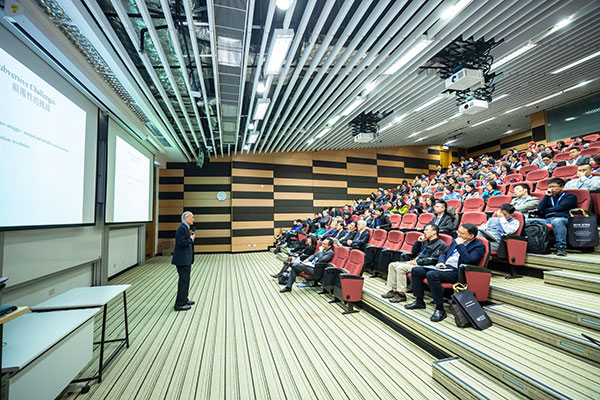
What’s the secret to a happy—and productive—workforce? It might surprise you to learn that it’s not about how well you pay your employees (though that helps), the benefits you offer (also helps), or a cool office (this one is quickly becoming dated). It all comes down to having an employee-focused company culture with the help of internal networking.
What does that mean exactly? Well, if company culture consists of the norms and values about how employees and the company behave to get work done, then an employee-focused company culture is one that defines these norms and values around putting people first in all aspects of practice. That’s not to suggest that employees’ needs are prioritized over the company’s, but rather that employees are made to feel cared for, respected, listened to, and supported. And it turns out that organizations that prioritize employees are more productive, experience lower turnover, fewer accidents, lower absenteeism, and a host of other benefits.
So, how does an organization achieve this? One way is to develop an internal networking structure. Let’s explore what that means and how it contributes to creating a positive corporate culture that employees love.
What Is Internal Networking?
When we think of networking, we might be thinking of a happy hour or breakfast event where people gather in a room to meet people with the intent of generating business connections. While that’s true, internal networking is more nuanced to some degree. It still involves meeting people, but it’s focused on employees getting to know each other rather than developing contacts. The goal is more focused on improving employee relations, i.e., the relationship between employees and their employer.
What Do Employees Get Out of Internal Networking?
For employees, internal networking means connecting to coworkers outside of the employee’s typical activities. Sometimes this is socially-oriented, but other times it’s about finding resources to solve problems. For example, a marketing manager might need help getting a specific type of data and turns to the IT department to collaborate on developing a method for collecting that data.
That said, not all networking is goal-oriented. Sometimes it’s essential to simply build connections between employees so that they can collaborate better when the time comes. Employees might connect to find mentors, which can help them develop in their current role as well as prepare them for future purposes. It’s this type of networking that builds secure connections between employees, making them feel part of the larger organization. Ultimately, these connections between employees also reinforce the employee’s relationship with the company, which in turn reduces turnover. When people like their coworkers, they tend not to quit as often.
How to Foster Internal Networking
The challenge to internal networking is often that employees are focused on their day-to-day tasks and responsibilities that they don’t have the time or energy to be proactive about networking. There are several ways to encourage it, though, some of which can be fun, including holding “networking” sessions, brown bag lunches, and other “’ traditional” corporate events for networking. Of course, with a lot of companies turning to remote work because of the coronavirus pandemic, organizations need to get creative.
That’s one-way Zenvoy can help. Our platform can automatically introduce employees to each other based on customizable criteria. What’s more, our community features allow employees to ask each other questions, ask for help, or socialize in a casual setting.
We’re happy to discuss how Zenvoy can help you build your company culture. Contact us to set up a demo.



